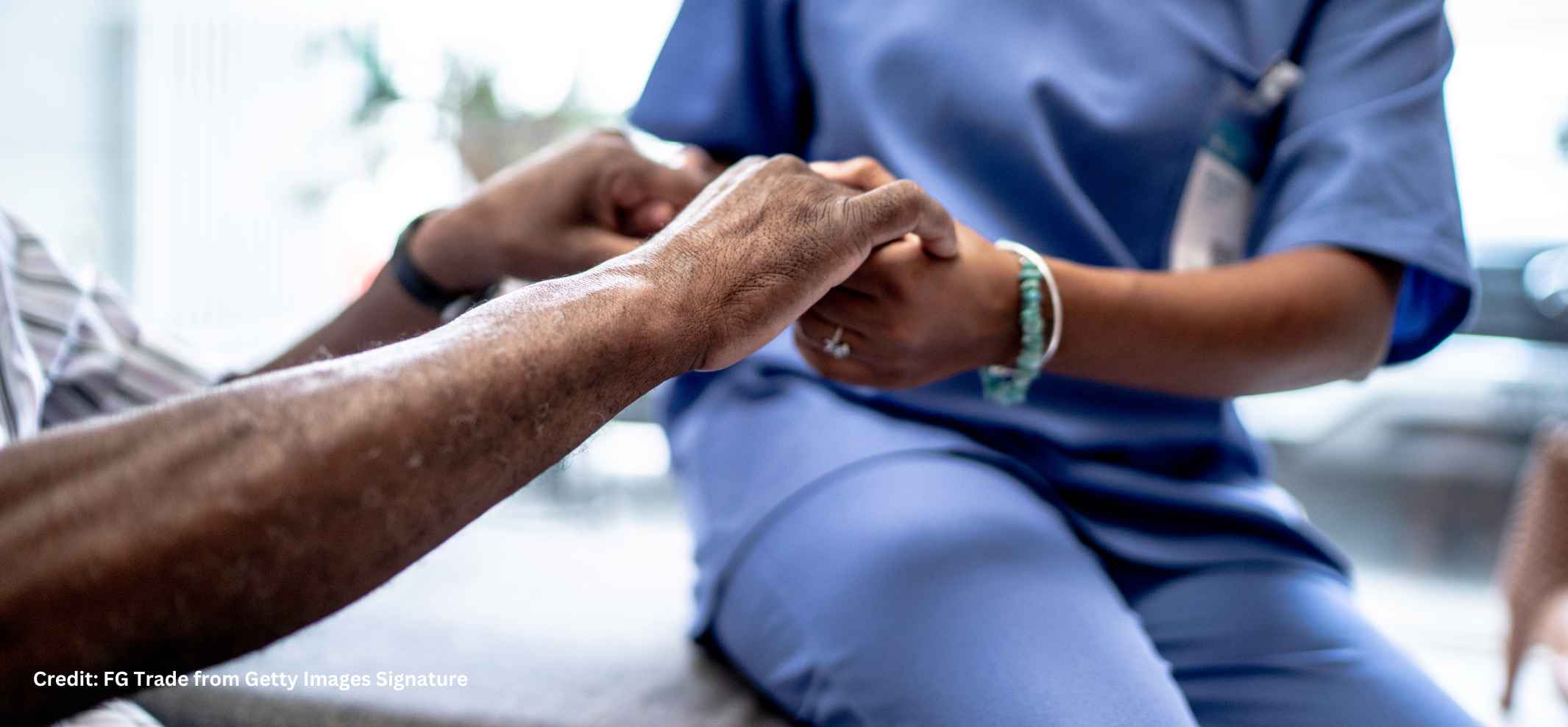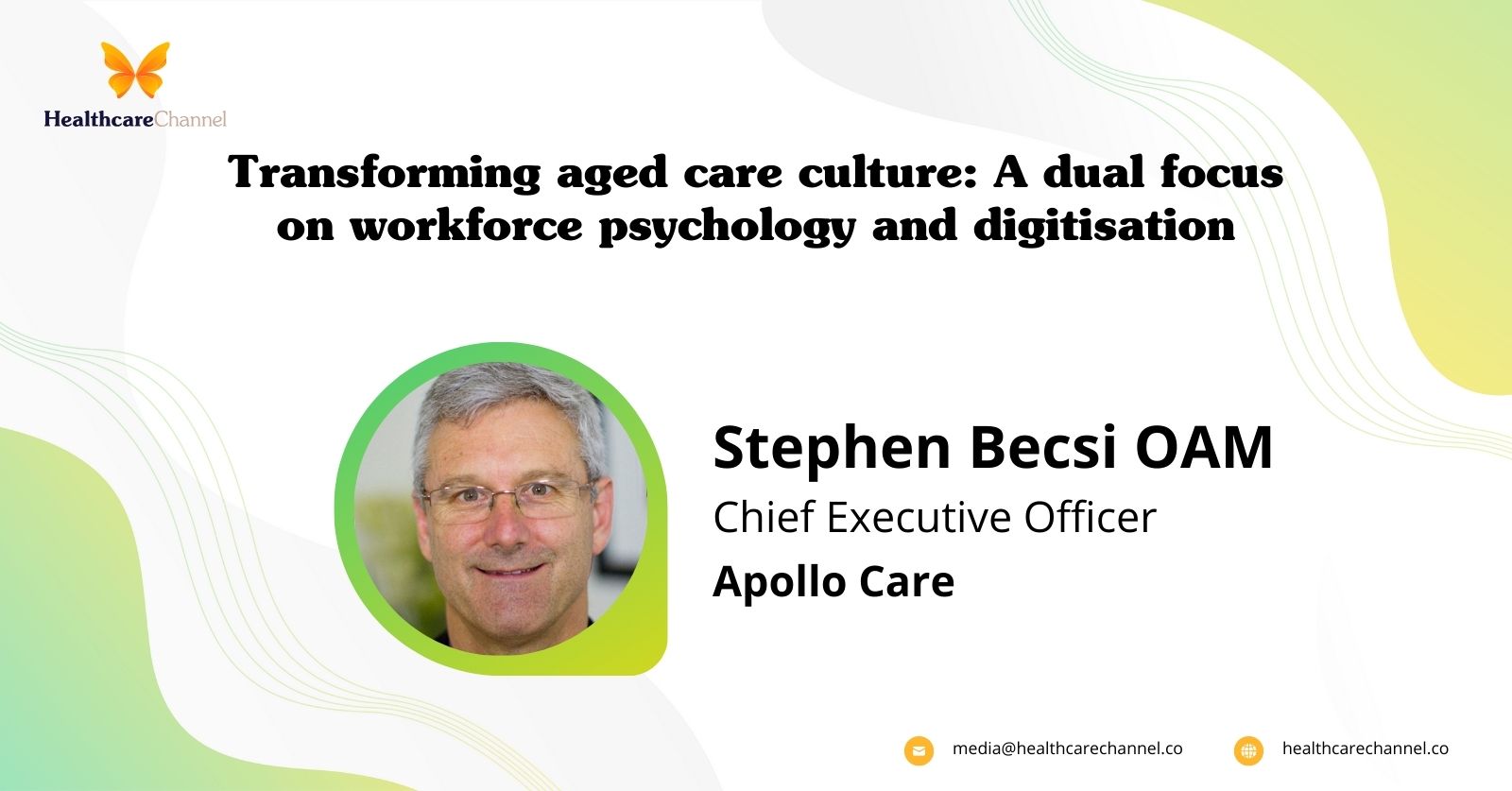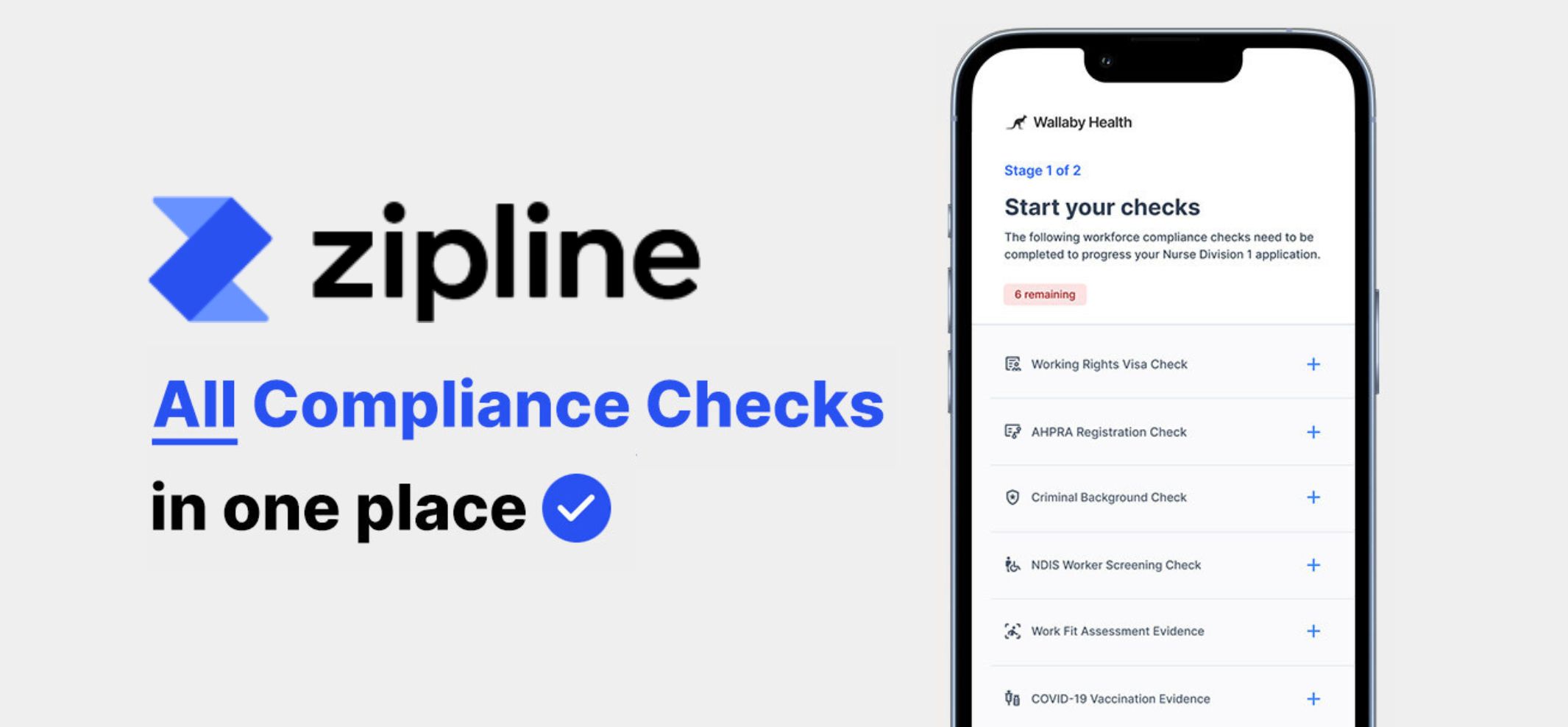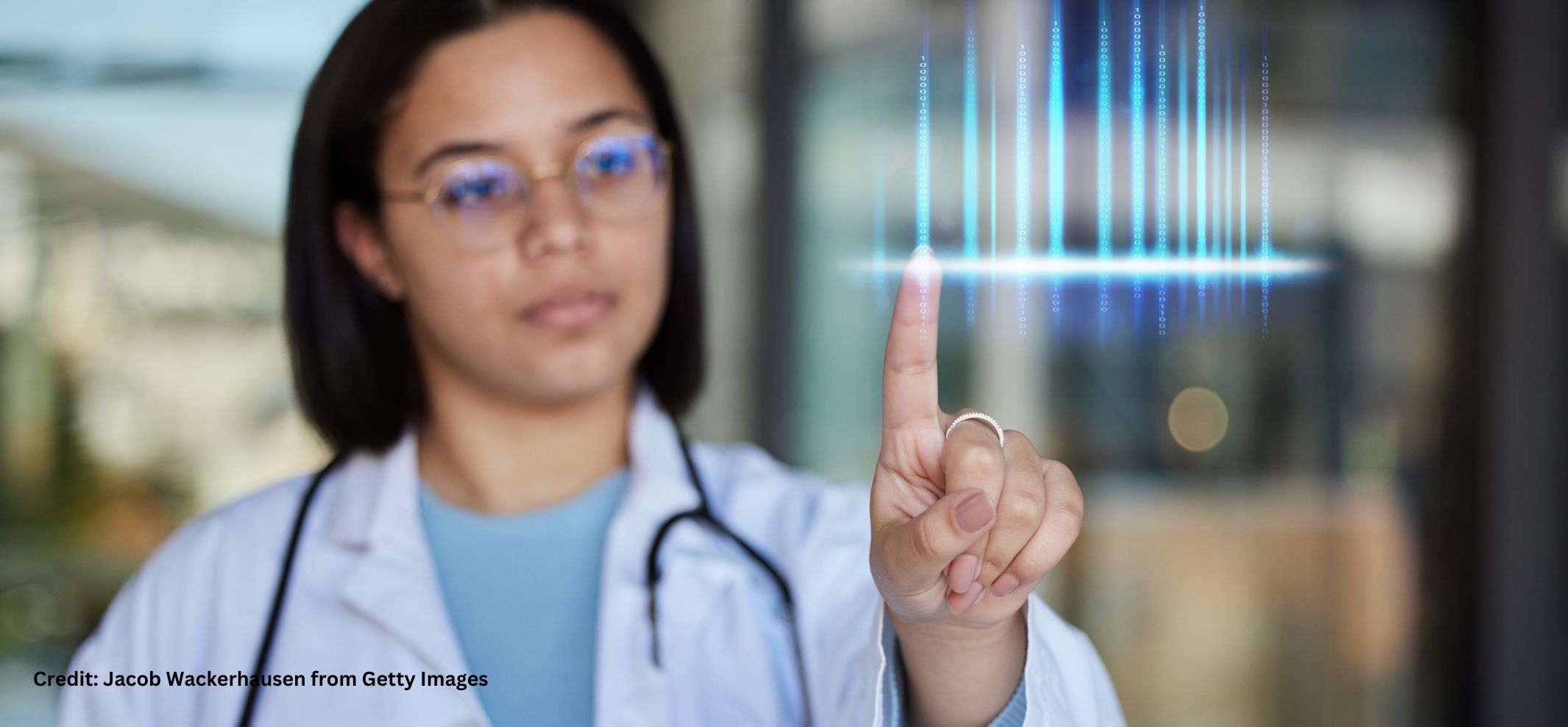Trust is the bedrock of any effective healthcare system as it fosters the relationship between patients, practitioners and institutions. It is a delicate currency, earned through transparency, competence and empathetic communication.
Patients entrust their well-being to healthcare professionals, relying on their expertise and ethical commitment. Conversely, practitioners depend on patients’ openness for accurate diagnoses and treatment advice. Institutional trust is equally pivotal as healthcare organisations must prioritise integrity and patient-centric policies. By harnessing the power of observability technology, this reciprocity ensures a smoother exchange of information, promotes shared decision-making, and ultimately enhances patient outcomes.
Trust isn’t what it used to be
Traditionally, trust in healthcare systems relied heavily on interpersonal relationships, reputation, and face-to-face interactions between patients and healthcare providers. The doctor-patient dynamic was characterised by personal connection. However, with the advent of modern technology, the landscape of trust in healthcare has evolved. The digital era has introduced a paradigm shift, leveraging advancements like electronic health records, telemedicine, and AI-driven diagnostics. While technology has exponentially expanded access to information and streamlined processes, it also introduces challenges to trust.
Now that technological advancements and challenges coexist, establishing and maintaining trust between patients and healthcare organisations is becoming increasingly nuanced. Concerns over data security, algorithmic bias, and the depersonalisation of care have emerged. Now, striking a delicate balance between technological innovation and preserving the human touch is crucial to maintaining trust in modern healthcare systems.
With observability technology, healthcare organisations are able to better navigate the complex landscape of patient-provider relationships, illuminating the pathways through which they can forge lasting connections and trust by seamlessly integrating continuous system improvements into their everyday IT operations.
Adopting innovation
Continuous improvement as a guiding principle, extends far beyond the confines of operational efficiency. It encompasses a proactive stance towards addressing emerging challenges and an unwavering commitment to transparency.
Innovation in healthcare is not confined to the adoption of new technologies; it is a narrative that reflects an ongoing dedication to patient well-being. This commitment to continuous improvement serves as a testament to an organisation’s pledge to prioritise the health, safety, and overall well-being of its patients. It is an evolution, not just in medical practices, but in the very essence of healthcare delivery.
Observing the solution
Integral to this commitment is the concept of hybrid observability. Observability technology assists IT healthcare teams with real-time insights into the intricate workings of systems and processes. Hybrid observability enables the unified monitoring of traditional, on-premise technologies and modern, cloud-based technologies. By harnessing this capability, healthcare providers can not only enhance their ability to deliver quality care but also engender a culture of openness and collaboration. According to LogicMonitor’s Future Further report, 42% of healthcare organisations say the missing element in their current monitoring solution is recommended next steps to resolve incidents; when teams are in a reactive position, recourse which could be better used creating trust and treating patient’s well-being are being used to react and troubleshoot incidents.
Illustrating this is Bupa’s experience with LogicMonitor that demonstrates the importance of consolidating monitoring tools for improved visibility. In this case, observability helped streamline operations by consolidating disparate tools, reducing costs, and providing a unified view of their network infrastructure. This consolidation contributes to enhanced trust in the accuracy and completeness of monitoring data, fostering a more observable healthcare IT environment.
Putting patients first with technology
It’s important to acknowledge the importance of the relationship between healthcare innovation and patient trust. From leveraging observability technologies to cultivating an environment of continuous improvement, these interconnected elements help pave the way for a healthcare landscape grounded in patient-centred care. It is not merely about adopting new technologies or practices, but about how these innovations reflect a perpetual dedication to providing the highest standard of care.
Richard Gerdis leads the LogicMonitor business across the Asia Pacific and Japan (APJ) region. Leading a team to drive revenue in a dynamic and growing market.





















